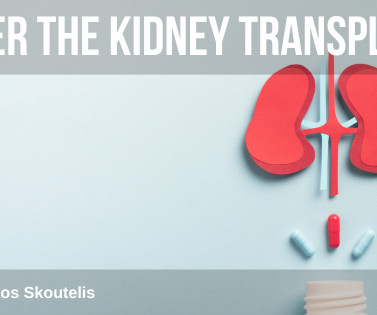Diagnostics: Inflammatory Markers
Taming the SRU
AUGUST 30, 2023
Spinal Infection: According to the Infectious Disease Society of America’s (IDSA) 2015 guidelines for native vertebral osteomyelitis, CRP and ESR in the setting of protracted back pain have sensitivities ranging from 94 to 100% for ruling out infection and malignancy in these patients. days (secondary endpoint) [51].





















Let's personalize your content